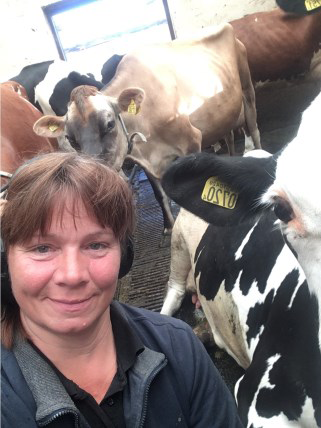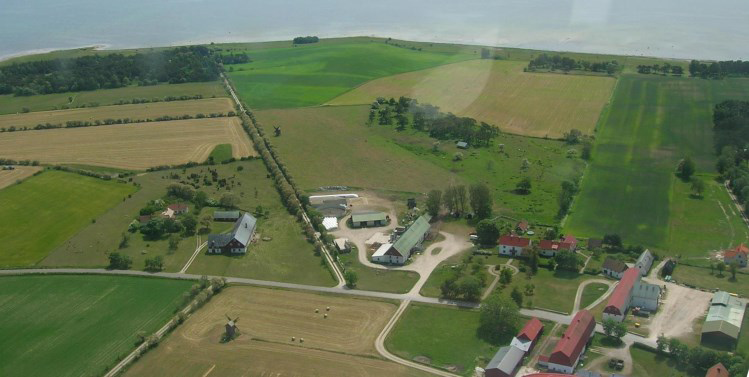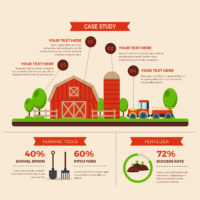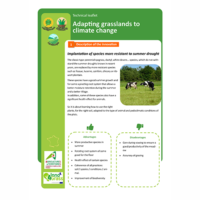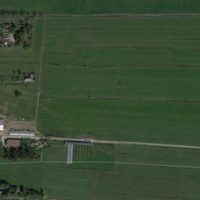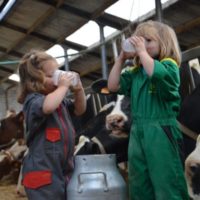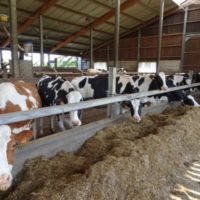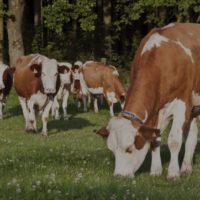Description
Using farm resources is good for the environment and farm profits
The Hägg family want to utilise their farm’s resources, produce in a good way and have large production from cows, fields and grassland. The protected barnacle goose is a problem, because it grazes and fertilises too intensively. Temporary grassland in particular has to produce a lot of good forage.
The secret is to work on several fronts:
- Different seed mixes have been tested. Inclusion of lucerne and festucoid Festulolium has worked, both for yield and in preventing grazing by geese.
- Irrigation is necessary to give large yields. In collaboration with neighbours, an irrigation pond has been built.
- Controlled fertilisation provides nutrients when the leys need them. Therefore a large manure tank with roof is important.
- Whole-crop silage, vetch, faba beans and cereal have been tested. This has increased the protein content in the ration.
Reason for the innovation
Irrigation and manure storage
More and better roughage requires a range of measures. The irrigation pond is important in this context. It collects runoff, which is used on the fields instead of leaching into the Baltic Sea. At the same time, it is important to use manure in the right way.
Farm description
Environment
- Soil types: Soil type varies, sand and sandy loam dominate
- Climate: Temperate continental climate. Mild and often dry summers
- Altitude: 4 m a.s.l
- Slope: 0 %
- The farm is located in Gotland, south-east Sweden.
Grassland management
- Grazing: Yes
- Temporary grassland with lucerne, white clover, timothy and festucoid Festulolium. Herbs, e.g. chicory and caraway, are used occasionally.
Structure
- Annual Work Unit: 3
- Organic production.
- 127 ha arable land area, of which
- 87 ha temporary grassland area.
- 59 ha semi-natural grassland area.
Animal performance
- 50 dairy cows (Holstein and Swedish Red) producing 11,000 kg KRAV-certified milk per year.
- 75 ewes.
Why it is working
Southern Gotland is a dry area. If roughage and grazing are to make up a large part of the diet for a dairy herd, stable grass yield is needed. By working together with neighbours, consulting advisors and negotiating with the authorities, the irrigation pond was built. A roofed manure tank was a natural complement to maximise use of resources on the farm.
